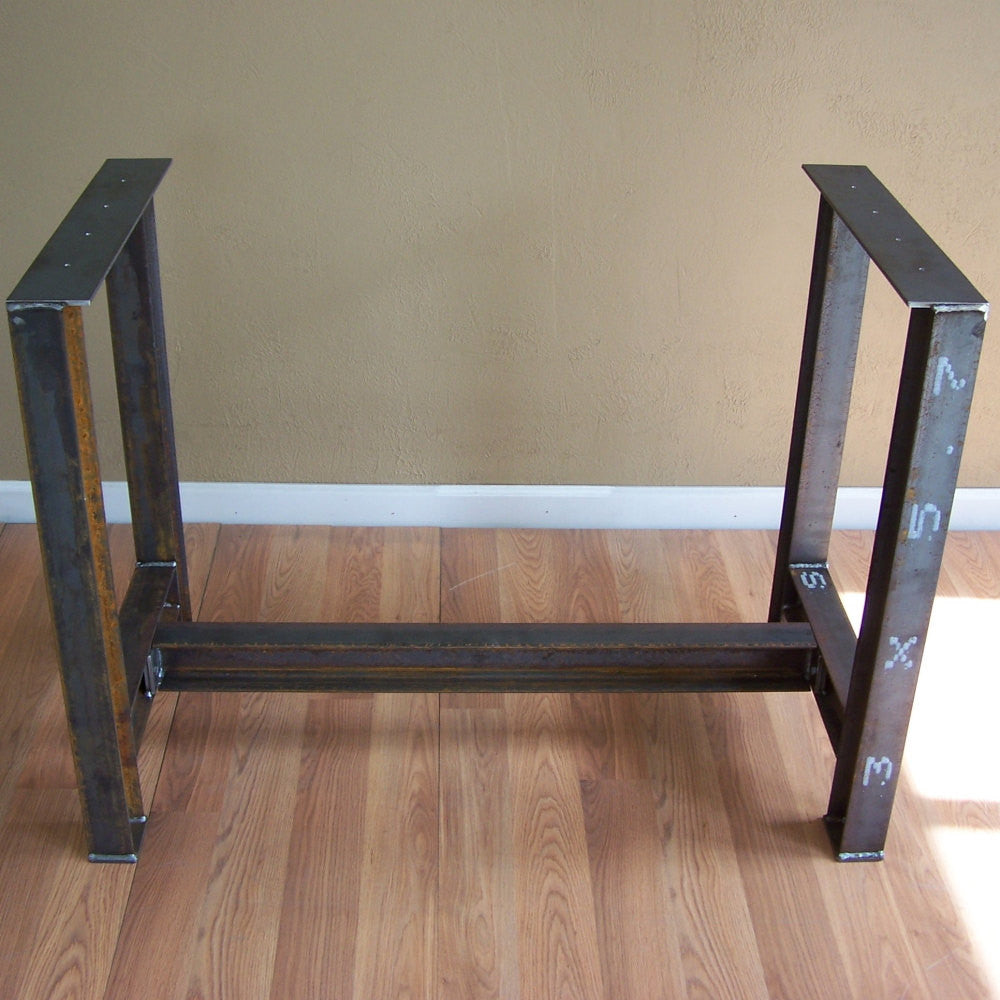An Overview to Choosing the Perfect Legs For Kitchen Area Island for Your Home
Choosing the optimal legs for your kitchen area island is a nuanced decision that influences both the performance and aesthetic allure of this main area. As you take into consideration these aspects, it comes to be evident that the best legs can change not only the appearance of your kitchen area however also its use for years to come.

Recognizing Kitchen Area Island Legs
When selecting legs for a cooking area island, it's necessary to recognize their visual and useful roles in the overall design. The legs act as an important assistance system, guaranteeing security and sturdiness for the island, which typically works as an office, eating location, or gathering area. The option of product and building and construction strategy need to be robust sufficient to endure daily usage and possible wear.
In addition to their structural obligations, legs contribute substantially to the island's aesthetic allure. They can enhance the kitchen area's design, whether via traditional, contemporary, or eclectic designs. The height and proportion of the legs are likewise important factors to consider; they have to harmonize with the island's countertop elevation while ensuring comfortable seating for those using the space.
Moreover, the leg design can affect the total circulation of the cooking area. Open, ventilated leg designs can produce a sense of lightness, while solid, substantial legs may share a more based and stable aesthetic - Legs For Kitchen Island. Understanding these functional and visual aspects will lead home owners in making educated options that match their kitchen's layout and boost its functionality
Popular Styles and Materials
The selection of legs for a cooking area island incorporates a range of popular designs and materials, each offering unique qualities that can boost both performance and looks. Among one of the most desired designs are contemporary, rustic, and typical. Contemporary legs commonly feature streamlined, minimal designs that highlight simplicity and tidy lines, making them perfect for modern kitchen areas. Rustic designs, on the other hand, welcome natural environments and typically showcase recovered timber or distressed coatings, adding warmth and charm to the area. Conventional legs typically display ornate details and workmanship, enhancing traditional cooking area designs.

Height and Security Factors To Consider

The legs of the kitchen area island need to supply adequate assistance, guaranteeing that the framework can stand up to daily usage without tottering or moving. Product choice plays a substantial function in security; steel legs, for instance, tend to offer better strength contrasted to wood.
Matching Your Cooking Area Visual
Selecting the best legs for your kitchen area island goes past capability; it additionally plays a substantial duty in the total visual of the area. Learn More Here When selecting legs, take into consideration the layout style of your cooking area. For a modern appearance, smooth metal or minimalist designs can create a tidy, modern-day ambiance. On the various other hand, standard or rustic kitchen areas usually gain from wooden legs with complex detailing or a distressed surface, improving heat and web link personality.
Legs that match or contrast with your island's surface and surrounding cabinets can produce visual consistency or striking focal factors. In addition, think about the surface of the legs; matte, glossy, or distinctive finishes can significantly impact the overall feeling of the kitchen.
Setup and Upkeep Tips
Mounting kitchen area island legs requires careful interest to information to make sure both security and visual charm. Use a stud finder to find wall studs if you are attaching the legs to a wall or making use of braces for added support.
When protecting the legs, utilize high-quality screws and, if needed, timber adhesive for extra strength. For steel legs, ensure that you are using proper supports and devices to prevent damage to your flooring. It is advisable to look for levelness after setup, making modifications as required to avoid wobbling.
Upkeep is similarly important for long life - Legs For Kitchen Island. Frequently examine the legs for any type of indications of wear or helping to loosen, especially in high-traffic areas. Tidy the legs with an ideal cleaner, staying clear of abrasive materials that may damage the surface. For wood legs, take into consideration using a timber conditioner regularly to keep their surface. By following these setup and maintenance ideas, you can guarantee that your cooking area island legs continue to be both visually attractive and practical.
Conclusion
Finally, picking the suitable legs for a kitchen area island requires careful factor to consider of elevation, stability, and aesthetic compatibility. By selecting appropriate products and designs that align with the general kitchen area style, performance can be improved while maintaining aesthetic allure. Correct installation and ongoing maintenance additionally add to the resilience and longevity of the cooking area island. Eventually, thoughtful leg choice plays an essential role in boosting both the functionality and design of the kitchen area area.
When choosing legs for a kitchen area island, it's vital to comprehend their aesthetic and functional functions in the total design. Open, airy leg designs can develop a feeling of agility, while strong, significant legs might communicate a more based and secure aesthetic. The legs of the kitchen island ought to provide sufficient support, guaranteeing that the structure can endure everyday usage without wobbling or changing.Setting up cooking area island legs calls for cautious attention to my blog information to make certain both security and visual appeal.In conclusion, choosing the ideal legs for a kitchen island necessitates careful consideration of height, stability, and aesthetic compatibility.